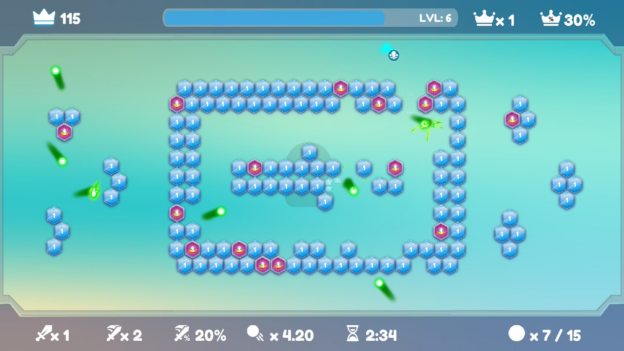Stacklands Review – Review – Nintendo World Report

Shuffling village building and deck management is a fun mix in an over saturated market.
Stacklands is a town building and management sim within the structure of a card builder. Cards represent things like villagers, berry bushes, trees, and rocks. Within a daily cycle, you can have villagers farm food, cut down trees, or break rocks into usable materials that can be combined with items to craft new items such as weapons and tools. Doing so requires placing the villager down on the one (or many) cards, initiating a progress meter that produces the crafted item as a new card once completed. At the end of the day cycle is an upkeep process where villagers must eat, otherwise they expire. The game ends when you no longer have any villagers left. To build a thriving community, there are several different blind packs of cards which you can use coins to purchase. These packs have different themes, focusing on such categories as farming, weaponry, advanced materials, and fishing. There are also phases of combat where a portal will open and release the floodgates with several fantasy monsters such as goblins, giant rats, and monster treasure chests, forcing you to manage that intermittent threat.

Tearing down the layers, this is a game of cycle management and automation. Early on you’re relying on manual labor to complete menial tasks like cavemen taking rocks and sticks to make spears, picking berries off the bushes, and breaking them down into consumable resources. Over time you can build up farms to auto farm food, quarries to create rocks, and lumber yards to produce wood, for example. This frees your manpower to use their labor towards more complex tasks, including more intricate weaponry, tools, and buildings. Part of building your community is being fruitful and multiplying, producing new villagers by placing both in a specifically designated hut. It adds additional requirements to feed your burgeoning community but is critically important in preparing for the intermittent monster invasions. The monsters become ferocious with each passing wave, so to survive, enhanced weaponry via magic materials and sturdy armor becomes essential. Stacklands does a great job throwing challenges your way making it challenging but not cheap. You’re given a few turns warning when there are impending threats. If you’re flat footed in keeping your militia well-armed, you’re unlikely to survive, but there was never a time when I felt like the game was unfair.
If I have one critique, it’s the user interface. It’s clear this game originally was built around the use of a mouse. Everything is selected by a cursor, and I found myself tinkering with the sensitivity settings to get movement at the right speed after finding the default way too slow. The village is created on a giant placemat, and I was unable to find a tool to pin down cards in one spot. For example, if your farm is producing apples, new cards will be spit out around the farm and can shift the placement of the cards around them. Stacking cards was all manual, meaning if there were similar materials I wanted to store in one place, I had to spend time sorting and organizing. You can pause the in-game time, but I was irked at times with how much swapping around had to be done.

Certainly, I had a delightful time spinning the different plates of progress and preventative maintenance to build the systems necessary for an expanding world in Stacklands. It has a pleasant and engaging set of systems fueled by deck building that feels complementary, not shoehorned in. Difficulty is reasonable, and provided meaningful experience that informed each future run. Some fiddly controls couldn’t deter my enjoyment, and this’ll stay in my rotation for some time.




